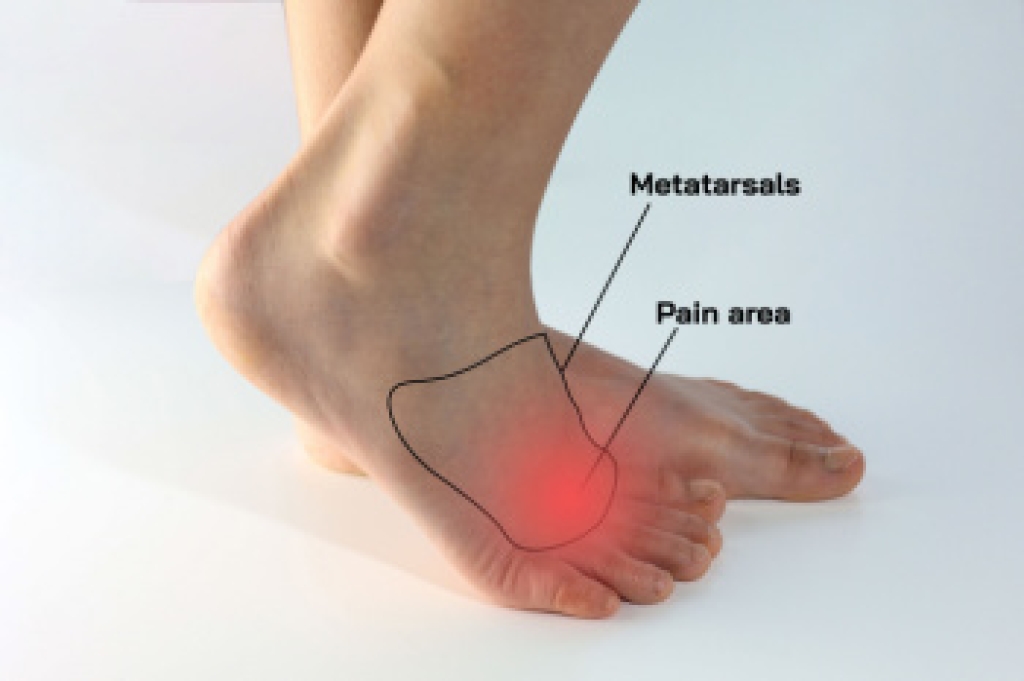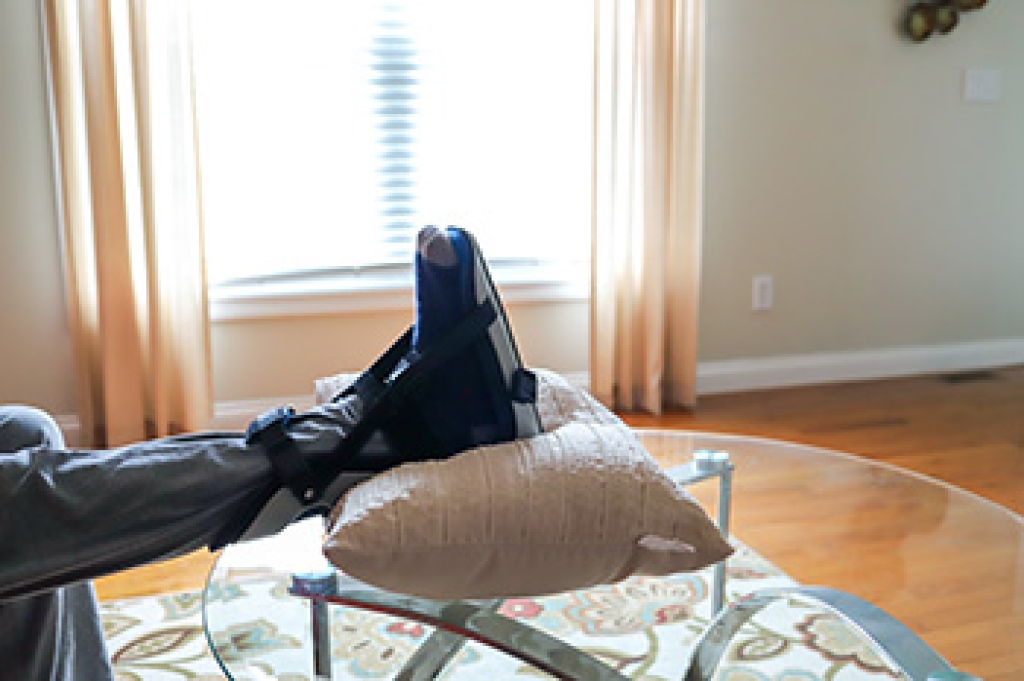
Morton’s neuroma is a painful condition that involves thickening of the tissue surrounding a nerve in the ball of the foot, often between the third and fourth toes. This can cause sharp pain that feels like something is stuck in the shoe. Other symptoms are burning, numbness, or tingling. Causes include repetitive pressure on the forefoot, wearing tight shoes, high heels, or having certain foot shapes that place added stress on the nerve. Symptoms may worsen with walking or standing for long periods. A podiatrist can assess the foot, provide proper footwear guidance, prescribe custom orthotics, and recommend treatments that reduce nerve irritation and improve comfort. If you have pain in this part of your foot, it is suggested that you consult a podiatrist who can offer effective relief and treatment solutions.
Morton’s neuroma is a very uncomfortable condition to live with. If you think you have Morton’s neuroma, contact Richard Galperin, DPM of Texas. Our doctor will attend to all of your foot care needs and answer any of your related questions.
Morton’s Neuroma
Morton's neuroma is a painful foot condition that commonly affects the areas between the second and third or third and fourth toe, although other areas of the foot are also susceptible. Morton’s neuroma is caused by an inflamed nerve in the foot that is being squeezed and aggravated by surrounding bones.
What Increases the Chances of Having Morton’s Neuroma?
- Ill-fitting high heels or shoes that add pressure to the toe or foot
- Jogging, running or any sport that involves constant impact to the foot
- Flat feet, bunions, and any other foot deformities
Morton’s neuroma is a very treatable condition. Orthotics and shoe inserts can often be used to alleviate the pain on the forefront of the feet. In more severe cases, corticosteroids can also be prescribed. In order to figure out the best treatment for your neuroma, it’s recommended to seek the care of a podiatrist who can diagnose your condition and provide different treatment options.
If you have any questions, please feel free to contact our office located in Dallas, TX . We offer the newest diagnostic and treatment technologies for all your foot care needs.




